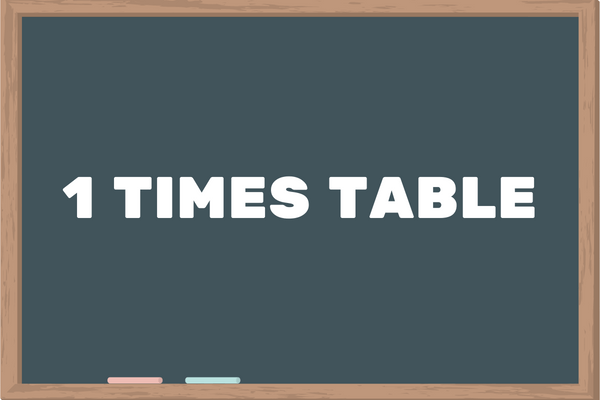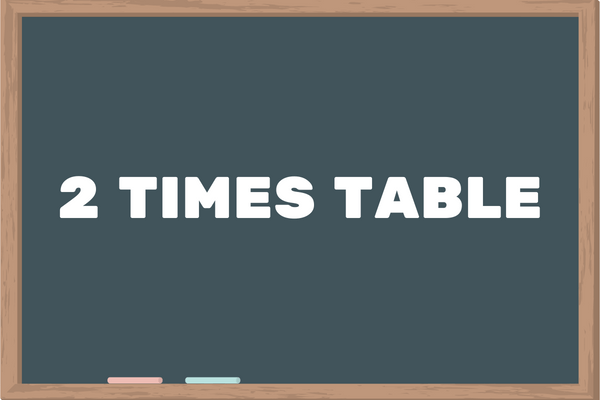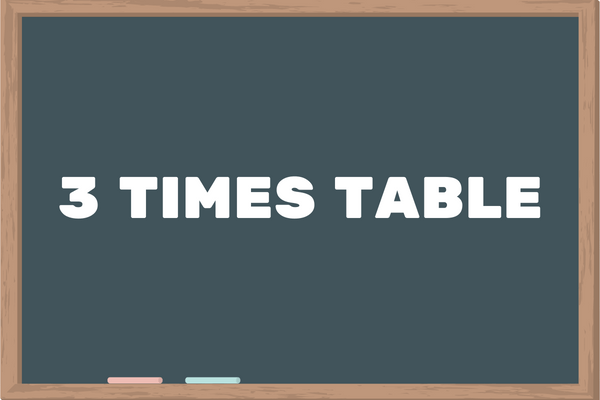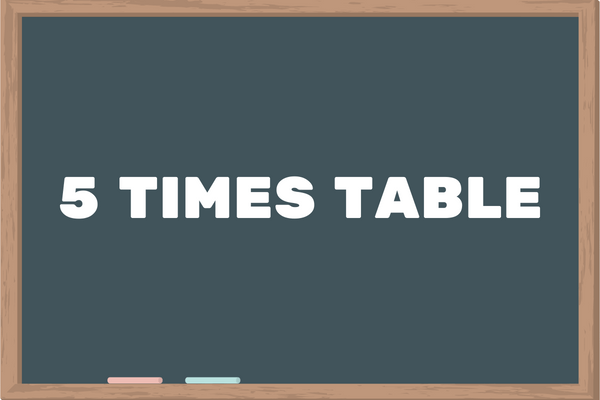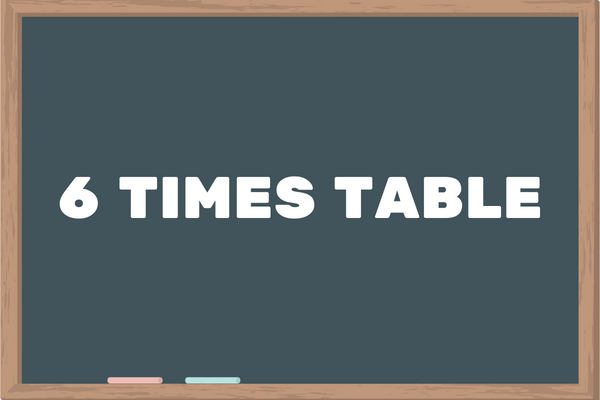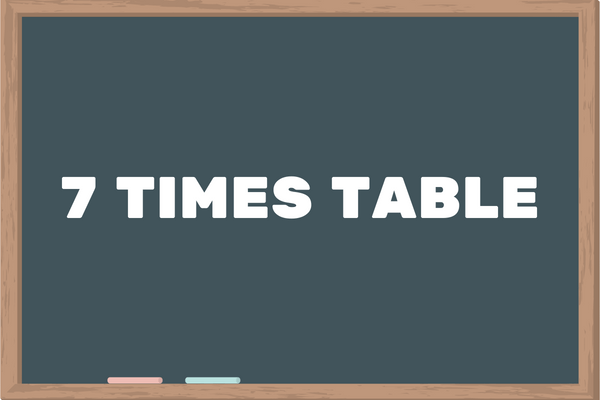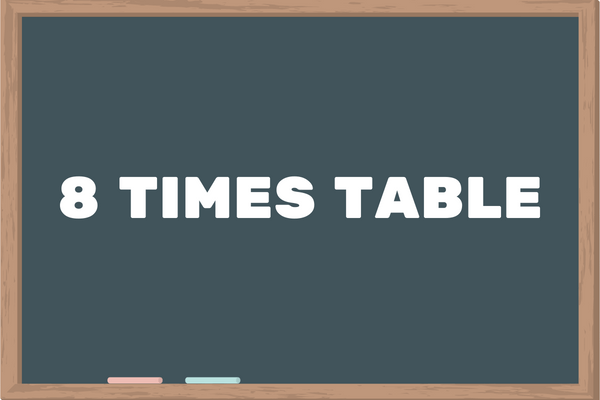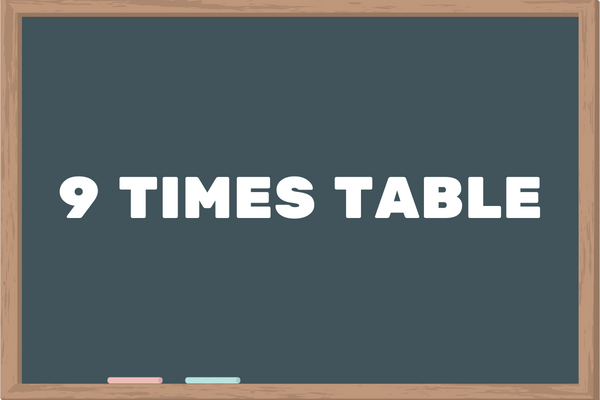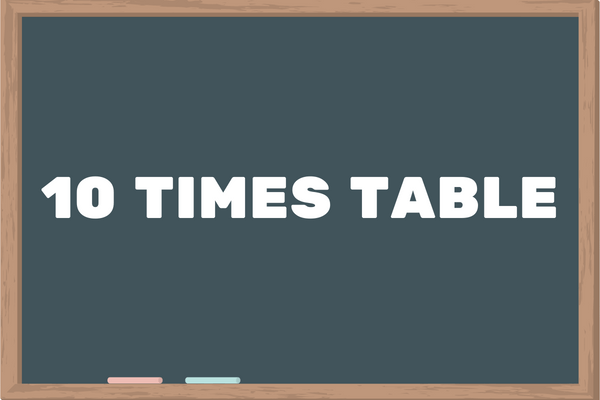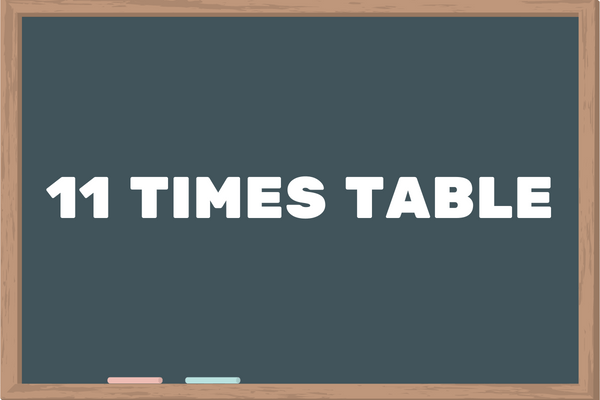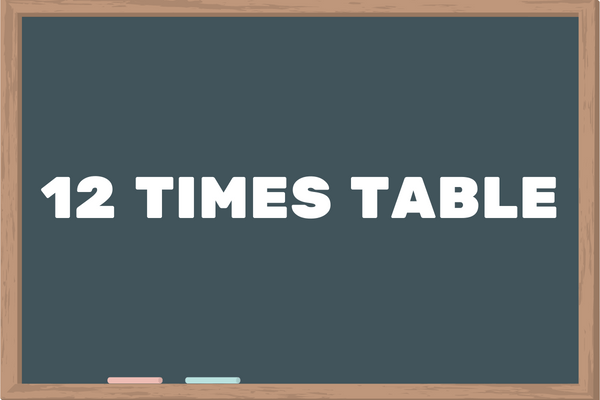Calculating the multiplication operation with two-digit numbers and more is different from calculating addition and subtraction operations with these numbers.
As in the addition and subtraction of large numbers, also in multiplication we will move to the calculation of the exercise vertically, when the unity digit of the two numbers will be in one column, the tens digit of the two numbers – in the second column, and so on.
Now, to calculate the multiplication exercise we will follow these steps:
1. Multiply the unity digit of the lower number by all the digits of the upper number in order from the unity digit onwards. In each calculation, we will write the ones digit of the result in a new line below (in the column of the unity digit) and we will write the tens digit above the next number, as in addition exercises. If we multiply by a number that has a number above it that we have added, then we will add it to the result of the multiplication exercise, just like in addition exercises.
2. We will multiply the tens digit of the lower number by all the digits of the upper number, exactly the same way we did the unity digit in the previous step. However, this time we will start writing the results of the exercises in a new line below, starting with the tens digit column, and not the units digit column.
3. Continue like this until you finish all the digits in the bottom number. For each digit we added a row below.
4. We will connect all the rows we added as we connect a normal vertical connection exercise. Where there is no number, we can add a zero. The number you get in the connection exercise is the answer.

